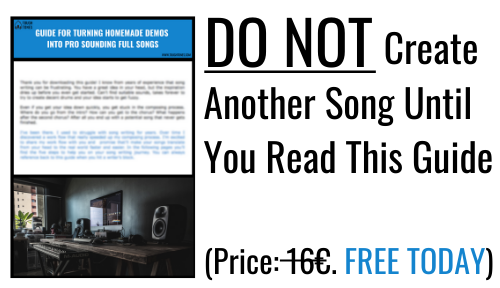Hard-Hitting Mix: Snare Reverb & Saturation
This is the fifth follow up video for “4 Steps to Make Mixes Hit Hard” and it’s about snare reverb and saturation. By far we have gone all the four steps:
Let’s build on that with snare reverb and saturation. With snare reverb we add some size and depth to the snare as well as give it some nice space. Saturation helps to glue the mix together and fill the “empty space” between all the instruments. Let’s dive in:
With snare reverb, I tend to use gated reverb to give the snare size. Gated reverb can lengthen the tone of the snare. I don’t want it to be too noticeable in the mix. The way to achieve that is to bring the reverb level up to the point that you hear it clearly and then back it up few dBs. Plate reverb on the other hand brings in that sense of space to the snare.
Saturation brings out the harmonics of the sound, giving it ear pleasing presence, warmth, colour, character, fullness and even perceived loudness. When used across the mix, saturation can really fill out the empty space and gaps between instruments.
You can use it on snare to give that extra crack and fullness. Saturation on bass to makes it seem louder than it is (perceived loudness). On guitars saturation can help to round off that nasty high end and give thickness to the mid range.
Saturation overall is a great tool to go that extra mile to achieve hard-hitting mixes as on a dense mix, you want everything to be heard.
For more thorough guide on using saturation, read this guide.
Hopefully you found this video helpful. If there’s anything you want me to cover in the future videos let me know. Send me an email or leave a comment below. Ask if there’s anything unclear or if I left something out. Cheers!
